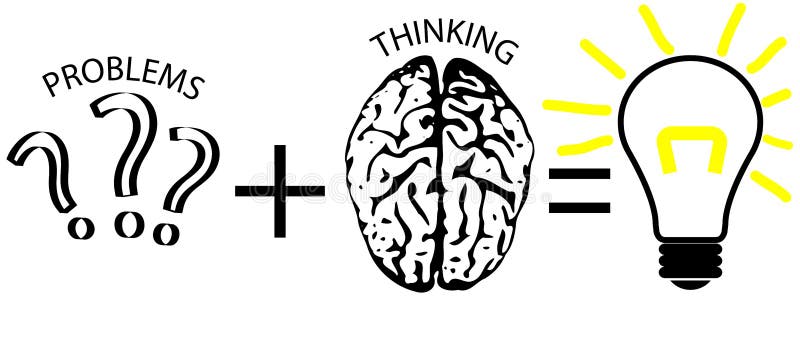Mobile information
Mobile Information Systems
+ Magazine Menu
Categories of article
Special Issue
Personal Communication Technology for Smart Spaces
View this Special Issue
Research topic | Open Access
Amir Khan blogger 2022 Feb 03
Show citation
Access to and use of mobile phones in the daily activities of life of rural women in Gilgit-Baltistan, Pakistan
Abstract
The study aims to investigate cell phone access, pattern usage, and its impact on rural women with mountains in two regions, namely, the Hunza and Nagar districts of Gilgit-Baltistan, Pakistan. To achieve the purpose of the study, the researchers used a variety of statistical methods, and data were collected from a questionnaire of 190 respondents in the study area (200 respondents were selected). Initially, the Kaiser – Meyer – Olkin (KMO) and Bartlett tests were used for sample sufficiency, and a feature analysis method was used to describe the correlations between multiple outcomes. The results show that 80% of women in Hunza and Nagar districts have cell phones (access) and 63% have good mobile phone use for various purposes. In addition, 56.4% of women use cell phones in their daily activities; however, 23.6% did not agree with the statements. Instead, results show that 71.8% of women use cell phones for security purposes. Therefore, research recommends that the effective use of cell phones in the daily activities of women in rural areas may be one of the most effective strategies for improving self-esteem and sense of security. Finally, local economic development is possible by providing technical skills related to the mobile business to untrained women in the two regions.
1. Introduction
Information and Communication Technology (ICT) in today's world includes applications and communication tools, such as the communication platform [1], digital information repositories either online or offline, as well as digital and video images, and among them, the mobile phone seems to stand out. technical tools [2 - 5]. As mobile phones change the lives of their users regardless of economic or gender differences, women in rural areas cannot be left out [5, 6]. Mobile, as one of the most widely used ICT tools, has been recognized worldwide as an effective and efficient multi-purpose tool [6, 7]. This technology tool has a positive impact on the lives of its users especially people living in rural areas [7] and disadvantaged areas such as mountainous regions by connecting with the knowledge community [8]. Therefore, it has transformed the lives of its users in the field of development.
In contrast, according to the GSMA, 2 billion women in developing countries have no cell phones. Similarly, women are 26% more likely to have cell phones than men. The situation is worse in South Asia, where women on average have a 38% lower chance of owning a cell phone than men [9]. According to World Bank data, Pakistan falls under the middle-income group of 212 million people, 60% of whom live in rural areas (Pakistan Census Report, 2017). However, in 2018, it was reported that the percentage of fixed call subscribers was 1.3%, while the mobile phone subscription rate was 74% [10 - 12].
Therefore, in Pakistan access to mobile services in the old class and limited to providing voice communication services only in cities. Over time, however, these technologies have changed people's lives [13] in one way or another. Looking back on history, the mobile culture came to Pakistan in 1994 with the launch of other mobile phone networks. Now, for two, the second person has a cell phone in the world, and a third of the population of Pakistan has a cell phone [14]. Recent forms of mobile services have enabled mankind to enjoy a wide range of services such as text messaging, multimedia messaging, online payment, banking, online shopping, web filtering, financial transactions, and various forms of public communication [15, 16].
These opportunities have opened new doors for both men and women to work together and participate in social and economic activities such as how they can help rural women to improve their social and economic development [8]. Research has shown that these technological tools have enabled rural women to use technology in business activities [17]. At the same time, access and use have increased significantly in developed and developing countries over the past fifteen years. These technologies have brought about major changes in people's lives, much faster than any previous technology [18] and a few challenges as well.
People in developing countries, including Pakistan, face a number of developmental challenges due to economic and cultural barriers as well as rural and urban spaces [19]. Similarly, low literacy, poor health care facilities, low per capita income, high levels of poverty, and poor infrastructure are common in many developing countries, including Pakistan [16]. In rural areas and in the mountains, the cell phone has emerged as an important tool in development. For example, people have access to health facilities, economic development (marketing information), and transfer rates through a mobile bank [20]. It is seen as a powerful tool to break the digital divide in rural and urban areas and the development gap by bringing information to various economic and social problems. In the Hunza and Nagar districts, home telephony is so unpredictable that mobile phones have become increasingly popular as one of the most accessible and affordable ICT tools. Today, worldwide, its expansion in a very short period of time has given its users many opportunities to reach out to each other [16]. However, mobile access and its impact on people in rural areas, especially in the Hunza context


Very nice and I like it
ReplyDeleteDear Sir I my website u want to sell this website
ReplyDelete